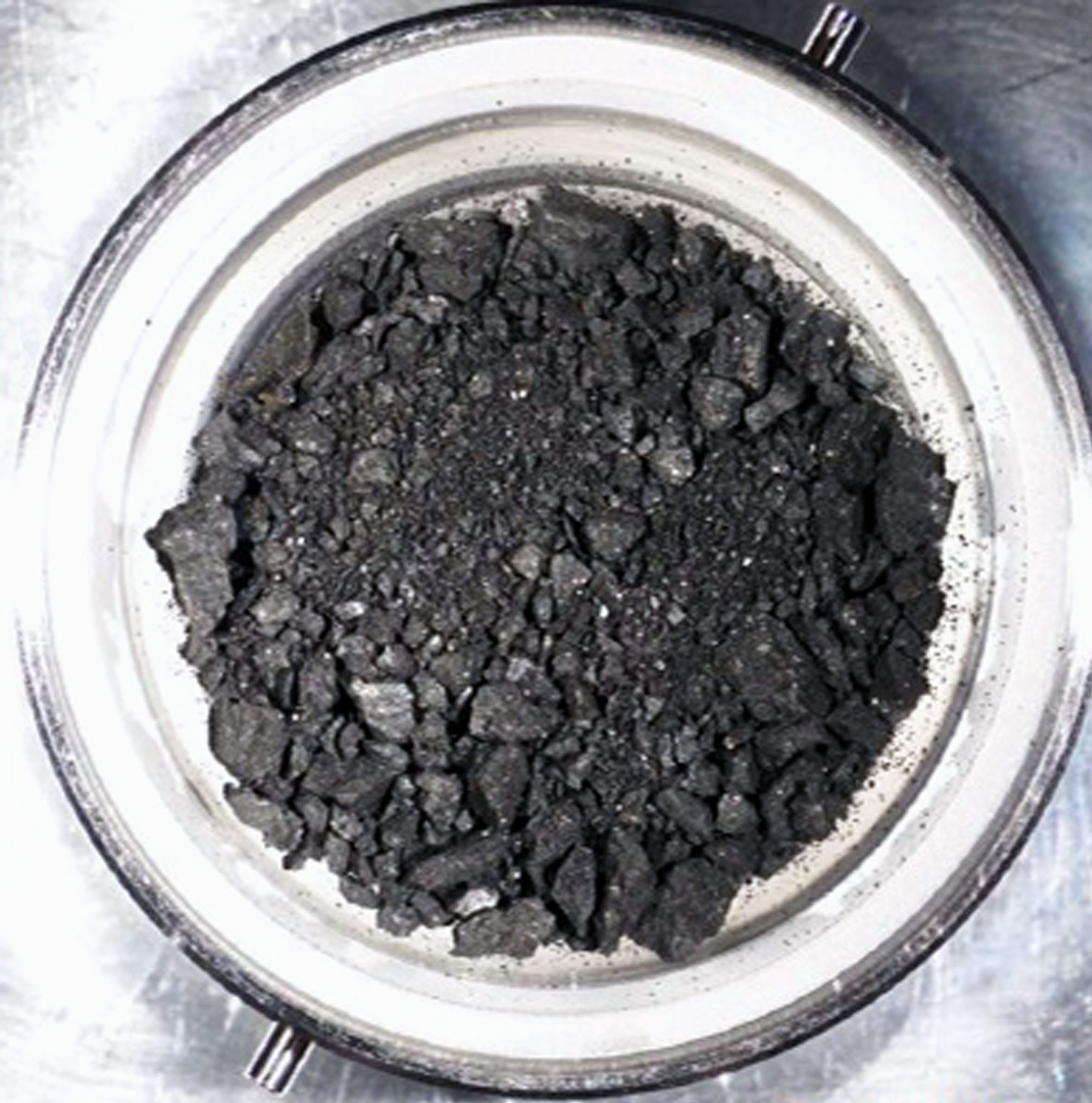ID :
632201
Tue, 06/07/2022 - 05:00
Auther :
Shortlink :
https://oananews.org//node/632201
The shortlink copeid
Amino acids found in asteroid samples collected by Hayabusa2 probe

Amino acids found in asteroid samples collected by Hayabusa2 probe
TOKYO, June 6 Kyodo - More than 20 types of amino acids have been detected in samples Japan's Hayabusa2 space probe brought to Earth from an asteroid in late 2020, a government official said Monday, showing for the first time the organic compounds exist on asteroids in space.
With amino acids essential for all living things to make proteins, the discovery could hold clues to understanding the origins of life, the education ministry said.
In December 2020, a capsule that had been carried on a six-year mission by Hayabusa2 delivered more than 5.4 grams of surface material to Earth from the Ryugu asteroid, located over 300 million kilometers away.
The probe of Ryugu was aimed at unraveling the mysteries of the origin of the solar system and life. Previous analysis of the samples had suggested the presence of water and organic matter.
The full-fledged investigation of the sample was launched in 2021 by the Japan Aerospace Exploration Agency and research institutions nationwide including the University of Tokyo and Hiroshima University.
Although it is not known how amino acids arrived on ancient Earth, one theory says they were brought by meteorites, with amino acids being detected in a meteorite found on Earth. But there is also a possibility that they were attached on the ground.
Meteors that reach Earth burn up when they hit the atmosphere, and quickly become contaminated with terrestrial microorganisms.
Hayabusa2 was groundbreaking in that it collected subsurface materials not weathered by sunlight or cosmic rays, and delivered them to Earth unexposed to outside air.
Kensei Kobayashi, professor emeritus of astrobiology at Yokohama National University, said the unprecedented discovery of multiple types of amino acids on an extraterrestrial body could even hint at the existence of life outside of Earth.
"Proving amino acids exist in the subsurface of asteroids increases the likelihood that the compounds arrived on Earth from space," he said.
It also means amino acids can likely be found on other planets and natural satellites, hinting that "life could have been born in more places in the universe than previously thought," Kobayashi added.
Hayabusa2 left Earth in 2014 and reached its stationary position above Ryugu in June 2018 after traveling 3.2 billion km on an elliptical orbit around the Sun for more than three years.
The probe touched down on the asteroid twice the following year, collecting the first-ever subsurface samples from an asteroid.
==Kyodo





